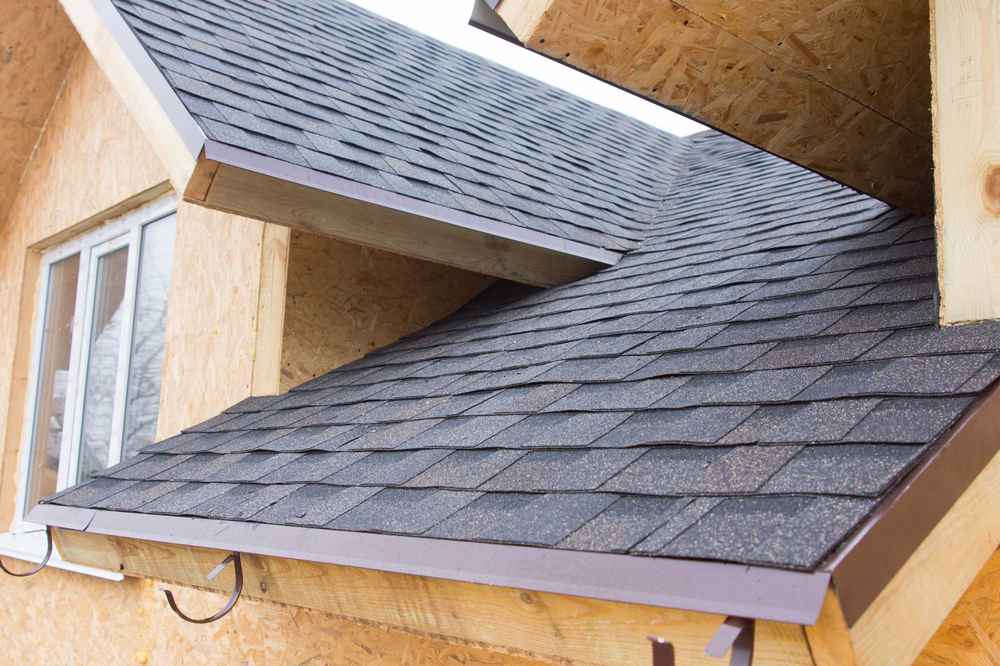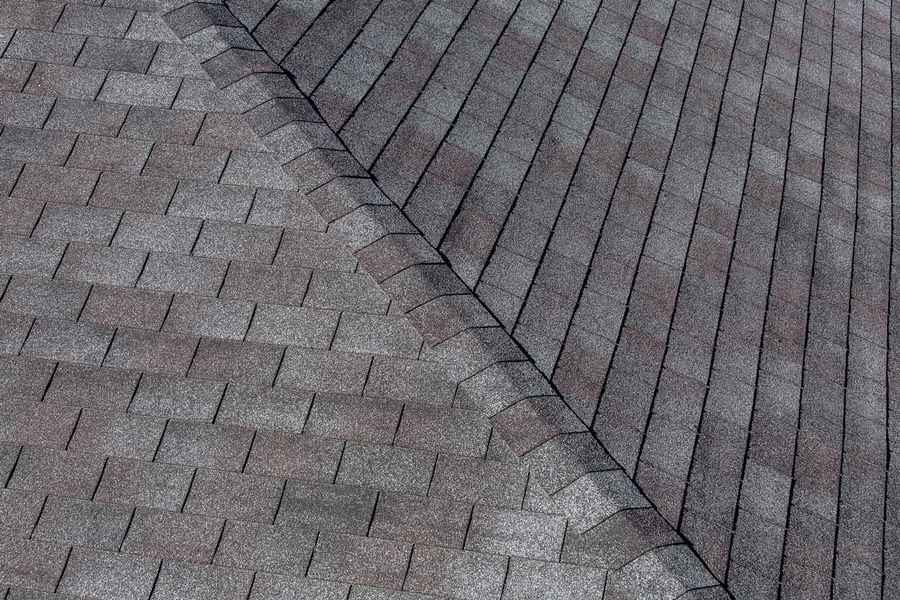Choosing the right roofing material for your home in Salt Lake City, UT, is crucial due to the area’s diverse climate and weather conditions. With hot summers, cold winters, and significant snowfall, homeowners must consider durability, energy efficiency, and looks. Here, we’ll explore some of the best roofing materials to help you determine the best roof type for your home in Salt Lake City.

Roofing Materials
Roofs come in various types, each offering different pros and cons. The most common types include asphalt shingles, metal roofing, clay or concrete tiles, wood shingles or shakes, slate roofing, and synthetic roofing materials. Each type has specific advantages, such as durability, visual appeal, cost-effectiveness, and weather resistance.
Asphalt Shingles
Pros:
- Affordability: Asphalt shingles are one of the most cost-effective roofing materials available.
- Variety: They come in a wide range of colors and styles, making them versatile for different home designs.
- Ease of Installation: Asphalt shingles are relatively easy to install, which can lower labor costs.
- Durability: With proper maintenance, asphalt shingles can last between 20 to 30 years.
Cons:
- Weather Sensitivity: Extreme temperatures and high winds can damage asphalt shingles.
- Environmental Impact: They are not the most environmentally friendly option.
Metal Roofing
Pros:
- Longevity: Metal roofs can last 40 to 70 years, offering excellent long-term value.
- Durability: They are highly resistant to harsh weather conditions, including heavy snow and high winds.
- Energy Efficiency: Metal roofs reflect solar radiant heat, which can reduce cooling costs in the summer.
- Lightweight: Metal roofing is lighter than many other materials, putting less stress on your home’s structure.
Cons:
- Cost: The initial cost of metal roofing is higher than asphalt shingles.
- Noise: Metal roofs can be noisier during rain or hailstorms without proper insulation.
Clay or Concrete Tiles
Pros:
- Visual Appeal: Clay and concrete tiles add a distinctive and attractive look to any home.
- Durability: These tiles can last 50 to 100 years, making them one of the longest-lasting roofing materials.
- Fire Resistance: Clay and concrete tiles offer excellent fire resistance.
- Energy Efficiency: They provide good insulation, helping to regulate indoor temperatures.
Cons:
- Weight: Clay and concrete tiles are heavy and may require additional structural support.
- Cost: These materials are more expensive than many other options.
- Complex Installation: The installation process is labor-intensive and complex.
Wood Shingles and Shakes
Pros:
- Natural Look: Wood shingles and shakes offer a rustic, natural appearance.
- Insulation: They provide good insulation properties.
- Durability: With proper care, wood shingles and shakes can last 30 to 40 years.
Cons:
- Maintenance: They require regular maintenance to prevent mold, rot, and insect damage.
- Fire Risk: Wood shingles and shakes are more susceptible to fire unless treated with a fire-resistant coating.
Slate Roofing
Pros:
- Longevity: Slate roofs can last over 100 years, making them a lifelong investment.
- Visual Appeal: Slate offers a high-end, elegant look.
- Durability: Extremely resistant to severe weather conditions.
- Fireproof: Slate is naturally fire-resistant.
Cons:
- Cost: Slate is one of the most expensive roofing materials.
- Weight: Very heavy, often requiring reinforced roof structures.
- Installation: Requires specialized skills for proper installation.
Synthetic Roofing Materials
Pros:
- Versatility: Synthetic materials can mimic the look of other materials like slate or wood.
- Durability: They are long-lasting and require minimal maintenance.
- Cost-Effective: Generally more affordable than natural materials.
Cons:
- Newer Material: There is less historical data on their long-term performance.
- Appearance: Some homeowners may prefer the look of natural materials over synthetic options.

Considerations for Salt Lake City
Climate: Salt Lake City experiences a wide range of temperatures and weather conditions, from hot summers to snowy winters. Therefore, it is important to choose a roofing material that can withstand these changing weather conditions.
Neighborhood: Consider the style of your home and neighborhood guidelines to ensure your roofing choice complements the overall aesthetic.
Budget: Balancing the initial cost with the long-term value and maintenance requirements is key to making a cost-effective decision.
Local Building Codes: Make sure the roofing material you choose complies with local building codes and regulations.
Choosing the best roofing material for your home in Salt Lake City, UT, involves careful consideration of your specific needs, budget, and local climate conditions. By evaluating the pros and cons of each material, you can make an informed decision that ensures durability, visual appeal, and energy efficiency for your home.
At Olympus Roofing, we are committed to helping you find the perfect roofing solution tailored to your needs. Contact us today for a consultation, and let us help you choose the best roof type for your Salt Lake City home.
